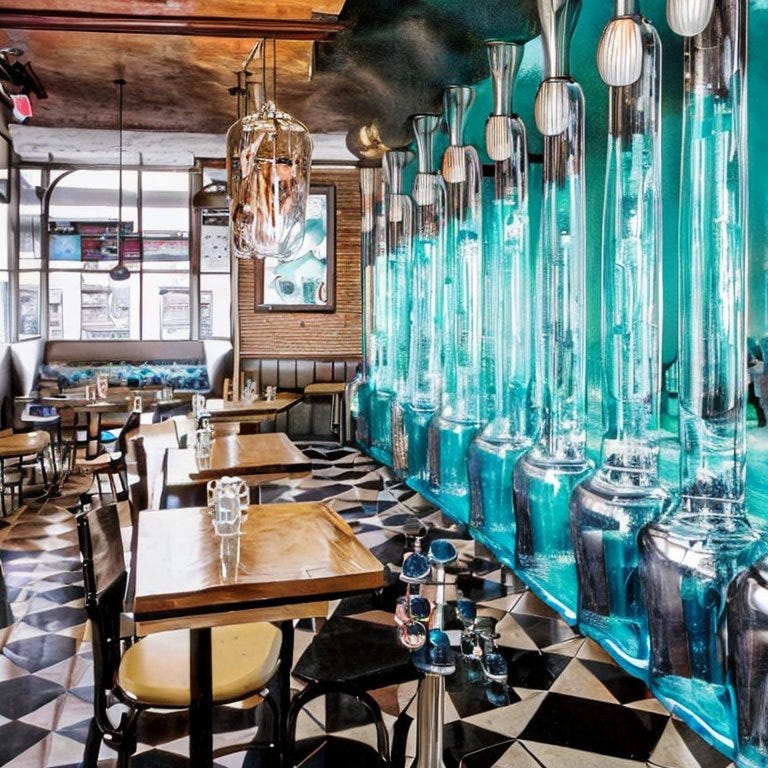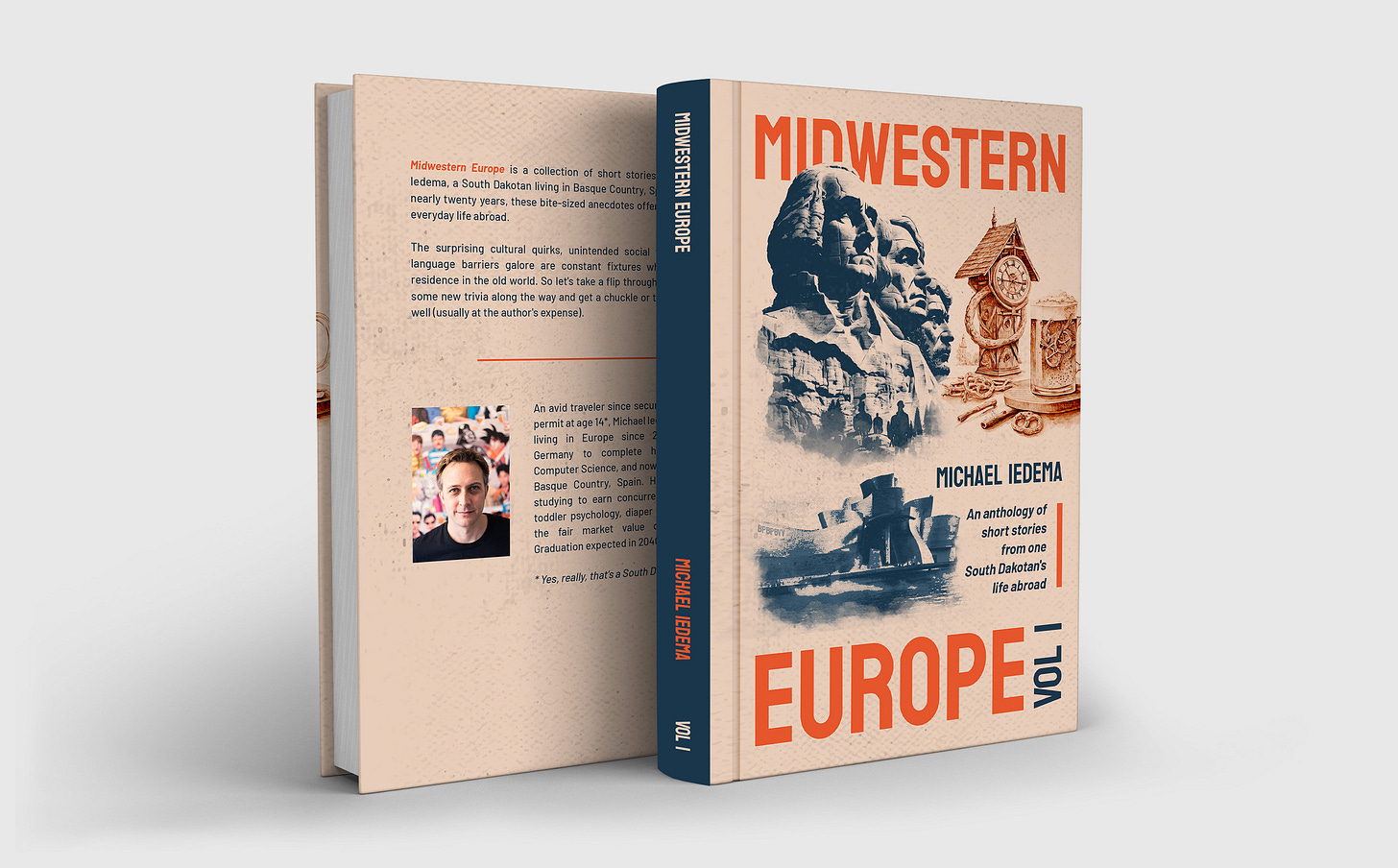
Vol. 1, No. 23 — It seems every American fast-food franchise has found its way to Europe, from the ubiquitous McDonald’s to the unicorn Taco Bell. But while you will see a Domino’s Pizza once in a while, “the Hut” remains elusive. But I found one!
A few days later, I organized a group to go dive into baskets of breadsticks and stuffed crust pizza. We sat down and placed our order. Start the countdown, this is going to be great.
A dozen minutes later, some luster had been lost. They had forgotten the water and hadn’t brought our drinks. I flagged someone down to ask about the water pitcher and their forehead wrinkled up. “Oh, you want a large water to share? What kind?” Now it was my turn to be confused. “Ummm... the watery kind?” I mean, I didn’t expect them to cash in my BOOK IT! award certificates, but some ice water seemed like a low hurdle to clear in the name of Pizza Hut verisimilitude. (That’s a BOOK IT! word, kids. The program works.)
In Europe, restaurants generally do not equip your table with water of any kind unless you request it. And if you request it, they will bring you bottled water by default. You must ask, in hushed tones out the side of your mouth for “some tap water” and confirm with “yes, like, just straight from the wall into my glass like a peasant please.”
In Spain, if you go for the bottled option, you will be asked if the water should be cold or room temperature. This is so common that nearly every venue, be it a coffee shop, bar, concert, or corporate cantina, will offer the option.
In Germany, carbonated water is the default. Unexpectedly downing a few massive gulps of soda water on a hot day is a mistake not made twice. At least it warns you with a hiss when you crack open the bottle.
There is actually a historic reason that Germans prefer sparkling water. In times when the water supply may be contaminated, such as rebuilding post-war, a bottle of sparkling water was guaranteed to be safe and healthy. Tap water couldn’t be so readily trusted.
It is this same concern that led to the dueling faucet situation in Britain. While now it has become less common, there are still plenty of sinks in Britain that have two physically separate faucets for hot and cold water. Cold water was always from a safe municipal supply whereas the hot tap was connected to a potentially less hygienic cistern. If you want something that’s not scalding or freezing but merely comfortably warm, you’ll have to quickly move your hands back and forth between the two streams.
While water continues to have its own diverse norms within Europe, there is one thing that the Old World can agree on. Ice cubes are mysterious intruders from the modern world that should be kept at arm’s length. They’re bad for your stomach, they cause piercing dental agony, they slosh down onto your face at inopportune moments to cramp your style. Obviously, with such a rap sheet, ice is never included and might not even be available.
Only at a bar can you expect ice to be close at hand. But be careful in Spain, the words “hielo” and “helado” are pretty similar but mean very different things. I discovered this when proudly ordering a cocktail “with ice cream please.” The brow-furrowing never stops sneaking up on you when living abroad.
Midwestern Europe: Volume 1 with the first 52 entries in this series is available now on Amazon US, Spain, and Germany in hardcover, paperback, and Kindle formats!
They were made with much love. Pick up a copy, you won’t be disappointed.
If you’ve been enjoying these entries, please consider dropping by the product page and leaving a star rating based on what you’ve read here. Your investment of a minute or two would totally make my day! Many thanks.

